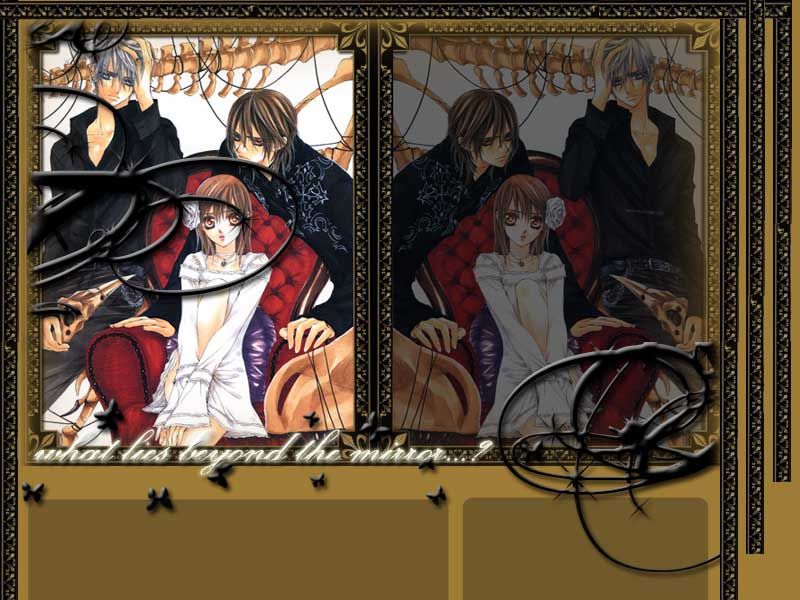Friday, May 7, 2010



Symbolism was a late nineteenth-century art movement of French and Belgian origin in poetry and other arts. In literature, the movement had its roots in Les Fleurs du mal by Charles Baudelaire. The works of Edgar Allan Poe, which Baudelaire greatly admired and translated into French, were a significant influence and the source of many stock tropes and images. The aesthetic was developed by Stephane Mallarme and Paul Verlaine during the 1860s and '70s. In the 1880s, the aesthetic was articulated through a series of manifestoes and attracted a generation of writers. The label "symbolist" itself comes from the critic Jean Moreas, who coined it in order to distinguish the symbolists from the related decadent movement in literature and art.
Distinct from, but related to, the movement in literature, symbolism in art represents an outgrowth of the darker, gothic side of Romanticism; but where Romanticism was impetuous and rebellious, symbolist art was static and hieratic.
In the English-speaking world, the closest counterpart to symbolism was aestheticism. The pre-Raphaelites were contemporaries of the earlier symbolists, and have much in common with them. Symbolism had a significant influence on modernism, and its traces can be seen in the work of many modernist artists, including T. S. Eliot, Wallace Stevens, Conrad Aiken, Hart Crane, and William Butler Yeats in the anglophone tradition and Ruben Darío in Hispanic letters. The early poems of Guillaume Apollinaire have strong affinities with symbolism.
Edmund Wilson's 1931 study Axel's Castle focuses on the continuity with symbolism and a number of important writers of the early twentieth century, with a particular focus on Yeats, Eliot, Paul Valery, Marcel Proust, James Joyce, and Gertrude Stein. Wilson concluded that the symbolists represented a dreaming retreat intothings that are dying-the whole belle-lettristic tradition of Renaissance culture perhaps, compelled to specialize more and more, more and more driven in on itself, as industrialism and democratic education have come to press it closer and closer.
Many early motion pictures also employ symbolist visual imagery and themes in their staging, set designs, and imagery. The films of German expressionism owe a great deal to symbolist imagery. The virginal "good girls" seen in the films of D. W. Griffith, and the silent movie "bad girls" portrayed by Theda Bara, both show the continuing influence of symbolism, as do the Babylonian scenes from Griffith's Intolerance. Symbolist imagery lived on longest in horror film: as late as 1932, Carl Theodor Dreyer's Vampyr showed the obvious influence of symbolist imagery; parts of the film resemble tableau vivant re-creations of the early paintings of Edvard Munch. (From Wikipedia)
Done by:Wayne Kang Wei(2E3) 39

